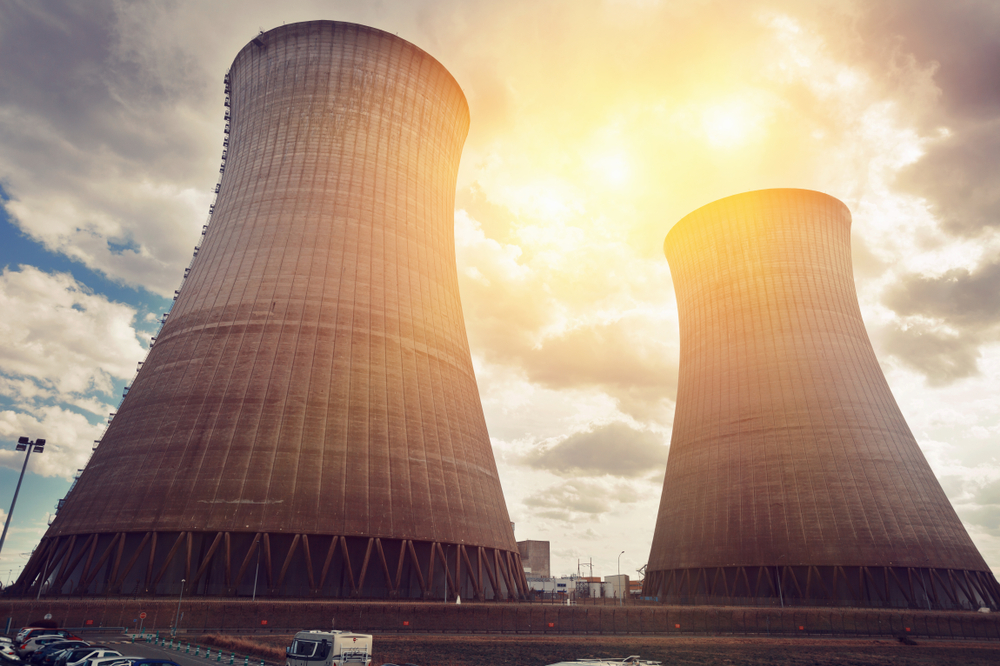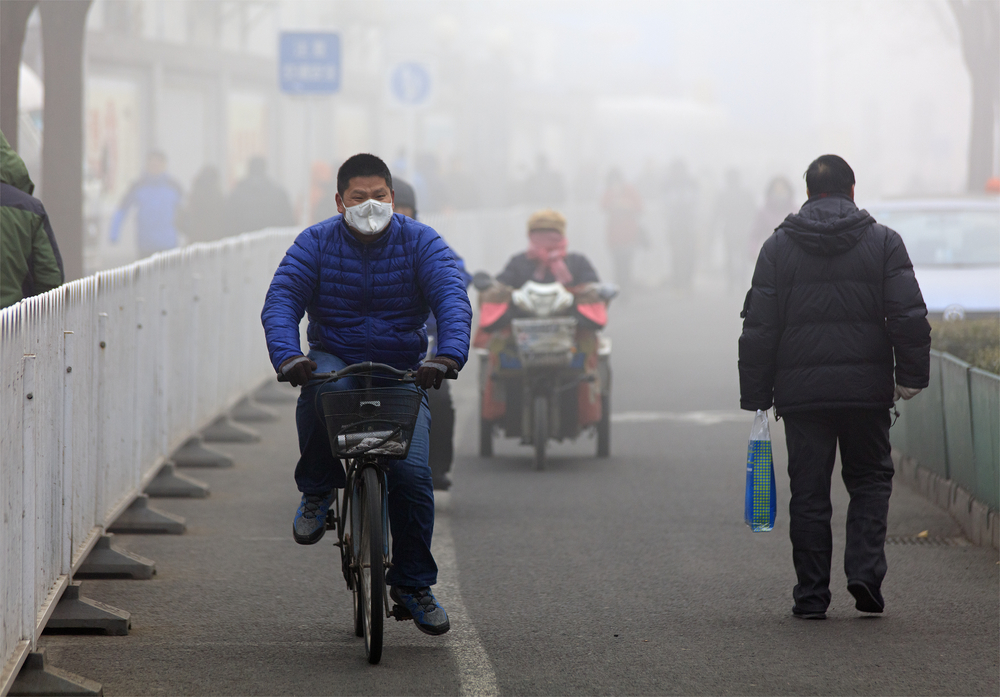RIYADH: Saudi Arabia’s National Transformation Program, the first initiative of Vision 2030, has played a significant role in driving the mission and helped the Kingdom achieve 34 of its 96 objectives, said its CEO.
In an interview with Arab News on the sidelines of the Global Project Management Forum 2024 in Riyadh, Thamer Al-Saadoun, the top official of NTP, shared his insights about the program, which was launched in mid-2016.
The national program is dedicated to achieving strategic objectives that are transforming Saudi Arabia into a leading nation. This includes empowering the private sector, enhancing government excellence, fostering economic partnerships, and fast-tracking the Kingdom’s digital transformation.
“The program is one of the 11 different vision realization programs. It is the program and the vision that all of the different programs, all of the different initiatives work together to achieve that ambitious vision,” he explained.
Al-Saadoun detailed the extensive scope of the NTP, saying: “We do have more than 300 initiatives, 79 KPIs, local and international, and we work with many ministries. So now over 50 government entities are working within the program with initiatives to achieve the targets.”
Reflecting on the program’s success, he highlighted achievements across various sectors: “If we look at our last year’s results, I think the program has been successful on many fronts.”
The CEO highlighted several key achievements, including empowering women and reaching Vision 2030 targets ahead of schedule.
He noted significant progress in environmental initiatives, the growth of the nonprofit sector, and the enabling of small and medium-sized enterprises.
Additionally, he emphasized the increased foreign investment, with over 200 companies receiving licenses to establish headquarters in Saudi Arabia each year. He also pointed out the country’s leadership in e-government and the digital economy.
Reflecting on the GPMF, Al-Saadoun emphasized its global importance and personal value, stating: “I think it's one of the most important forums now globally. And I’m keen to attend it every year because of the value it brings.”
He added: “It brings different experts and different sectors together, sharing experience, transferring knowledge. And the impact is really important. And I think in Saudi Arabia, with the vast number of projects that are happening, I think this forum is making a big impact.”
Saudi Vision 2030, an ambitious plan to transform the Kingdom across various sectors, has made significant strides since its inception. Al-Saadoun praised its achievements, calling it one of the most inspiring success stories.
“It’s an ambitious plan, aiming to transform a country like Saudi Arabia in all aspects, be it economic, social, etc. And if we look at the last seven years, it has been successful on many fronts,” he noted.
Highlighting the key factors behind this success, Al-Saadoun first credited the unwavering support from the leadership.
Collaboration and change management were also crucial, according to Al-Saadoun. “It is important in a vision with this magnitude that the different ministries, or even within the same organization, make sure there are no silos and there is collaboration,” the CEO emphasized.
He added that capability building has been a cornerstone of the vision’s implementation, with forums like the GPMF playing a pivotal role.
“What is happening in the forum here is key with building capabilities and making sure that people who are working on the vision and its initiatives have the right skill sets. And we are fortunate to have many younger Saudi men and women who are in the front seat, implementing the vision,” he added.
Execution focus was another vital aspect, according to Al-Saadoun: “While we do have excellent plans in the different vision realization programs, focusing on execution has been key. We spend lots of time and focus on the execution of the different plans we have in place.”
Al-Saadoun expressed optimism for the future, confident that the progress would continue. “And we are happy, and it’s only getting better and better. And we are aiming to achieve more in the coming years,” he concluded.
























